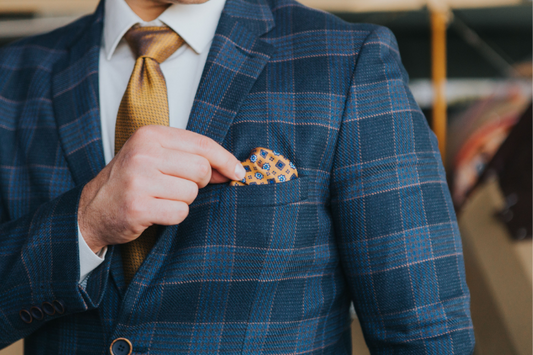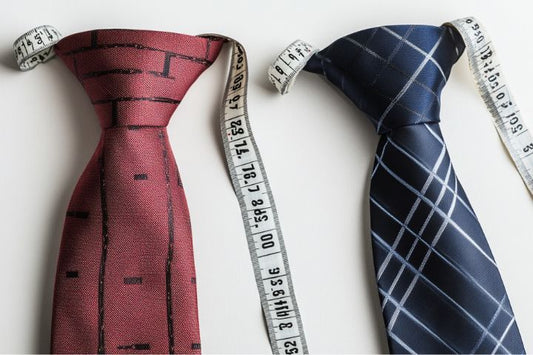Grip socks are specialised footwear designed to enhance traction and stability for individuals engaging in various physical activities. They are characterised by their non-slip soles, which are typically dotted with rubber or silicone grips to prevent slipping on smooth surfaces.
These socks are widely used in sports, fitness classes such as yoga or Pilates, and by patients in hospitals to reduce the risk of falls.
The construction of grip socks offers both comfort and functionality. They are made from breathable materials that allow for adequate airflow, keeping feet dry and reducing the likelihood of foot odour.
Additionally, the snug fit and supportive arches are intended to provide not only safety but also improved proprioception – the sense of the relative position of one’s own body parts.
Their versatility extends beyond exercise, as grip socks are also popular among travellers and those who spend long hours on their feet.
They provide a hygienic barrier between the foot and flooring, which can be particularly useful in communal areas like hotel rooms or airports.
With health and safety at the forefront, grip socks serve as a simple yet effective tool in enhancing personal comfort and reducing the incidence of slip-related injuries.
Defining Grip Socks
Grip socks are specialised footwear designed to enhance stability and reduce slippage while engaged in various activities. They possess a unique feature: non-slip pads or treads on the bottom, typically made of rubber or silicone, which provide better traction against surfaces.
These socks are often utilised in the following environments:
Sports: Athletes wear them for sports like football, yoga, and pilates to ensure a firm footing.
Medical Settings: Patients may wear them to prevent falls on hospital floors.
Home Use: Individuals might choose them for extra safety on slippery home surfaces.
The construction of grip socks is geared towards combining functionality with comfort:
The material is usually a blend of cotton, spandex, and the grippy material on the soles.
Breathability is provided by the fabric to prevent excessive sweating.
They come in various sizes and styles, accommodating different preferences and needs.

Benefits of Wearing Grip Socks
Grip socks offer specific advantages to users across various activities, providing both functional and safety enhancements.
Enhanced Performance
Grip socks are designed to maximise traction for the wearer. This is crucial in sports like football, where a firm grip can translate into more precise footwork.
In activities such as yoga or Pilates, these socks allow practitioners to hold poses with greater confidence and less slippage.
Injury Prevention
Minimising the risk of accidents, grip socks play a significant role in injury prevention. The superior grip reduces the likelihood of slipping, thereby preventing falls that can cause sprains, fractures, or other injuries.
Healthcare settings also utilise them to prevent patient falls.
Improved Stability and Balance
The added traction from grip socks enhances the wearer’s stability and balance. This is especially beneficial in balancing exercises or when using equipment such as stability balls.
For older adults, the improved footing can contribute to better mobility and confidence when walking.
Types of Grip Socks
Grip socks come in various types, each specifically designed to enhance performance, safety, and comfort for different activities and conditions.
Sports Grip Socks
Sports grip socks are engineered for athletic activities. Football grip socks, for example, feature rubber pads on the outside that improve traction in boots, thereby enhancing stability and control.
Yoga and Pilates enthusiasts often wear socks with grips on the sole to prevent slipping on mats and floors.
Football: Rubberised pads, snug fit.
Yoga/Pilates: Full-sole grips, stretchable fabric.

Medical Grip Socks
Medical grip socks are essential for patients in hospitals. These socks are designed with non-slip treads on the bottom to prevent falls on slick surfaces.
They are often made with extra soft materials for comfort during recovery.
Non-slip: Tread patterns on sole.
Material: Soft fabrics, elasticated for snug fit.
Everyday Wear Grip Socks
Everyday wear grip socks provide comfort and safety in the home. They often have a casual design with discrete grips, suitable for wearing around the house to prevent slipping on wooden or tiled floors.
Casual Wear: Minimal grip design, casual appearance.
Home Safety: Varied tread patterns, blend of materials for comfort and durability.
Material and Design Features
Grip socks are specially designed to enhance traction and stability. Their material and design features are critical for providing the non-slip functionality.
Non-Slip Elements
Grip socks utilise silicone or rubberised patterns on the underside to prevent slipping. These patterns often appear as dots, stripes, or geometric shapes, providing essential grip, especially on slick surfaces.
Sock Construction
They typically feature reinforced arch support and cushioned soles for added comfort.
The cuffs of grip socks are elasticised to ensure they maintain their position without constriction.
Material Composition
Often made from a blend of cotton, spandex, and nylon, grip socks combine breathability with elasticity.
High-quality versions may incorporate moisture-wicking technology to keep feet dry.
Choosing the Right Grip Socks
Choosing the right grip socks involves considering the right size, the features related to specific activities, and understanding how to care for them to ensure longevity and performance.
Size and Fit
Proper sizing is crucial for the effectiveness of grip socks. They should conform snugly to the feet, without being too tight to cause discomfort or too loose to compromise grip.
Most brands offer a variety of sizes, and it's important to consult size charts to match one's foot measurements correctly.
Activity-Specific Features
Different activities demand specific sock features:
- For yoga or Pilates, grip socks typically have full coverage on the bottom for maximum traction.
- Dance grip socks might have strategic grips at the toes rather than full-sole coverage to allow for smooth spins.
- For sports like football or rugby, socks may provide extra padding on the soles and around the ankles for support and impact absorption.
Care and Maintenance
Maintaining grip socks involves routine laundering practices:
Wash with similar colours and avoid bleaching agents to preserve the integrity of the sock's material.
Air drying is preferred to maintain the sock's elasticity and grip feature.
Frequent checks for wear and tear are prudent, as worn grips can reduce the sock's effectiveness.
Possible Disadvantages
Grip socks are designed to increase friction and prevent slippage, representing a valuable accessory for athletes and individuals requiring stability. However, they are not without potential downsides.
Limited Versatility: While grip socks excel on surfaces where non-slip properties are essential, their specialised nature means they may not be suitable for daily wear.
Regular socks typically offer greater versatility for various activities and shoe types.
Discomfort: The additional traction elements can sometimes create discomfort, especially if the socks are worn for extended periods or if the user has sensitive skin.
Wear and Tear: The grip material may deteriorate faster than the rest of the sock, leading to uneven wear and potentially reducing their effectiveness over time.
Cost: Grip socks can be more expensive than conventional socks.
The premium for their specific feature set may not justify the cost for users who do not regularly require the extra traction.
Material Allergies: Some users may be allergic to the materials used in the grip elements, which can cause skin irritation or allergic reactions.
Hygiene Issues: The material that provides grip can also trap moisture, potentially leading to foot odour or, in worst-case scenarios, fungal infections if not properly maintained or if worn excessively without adequate drying.





